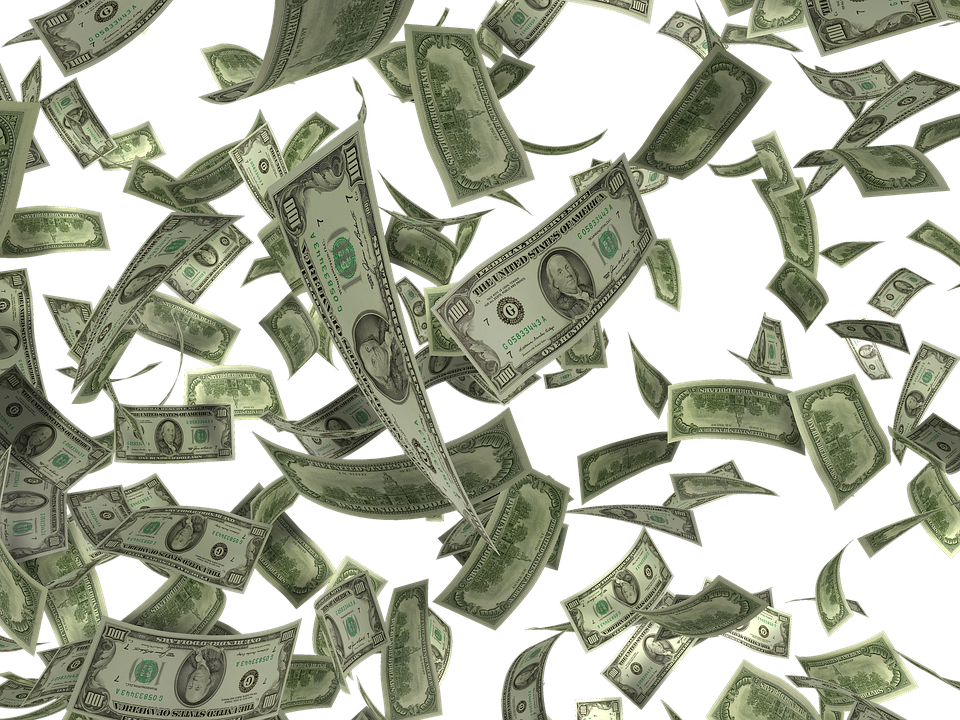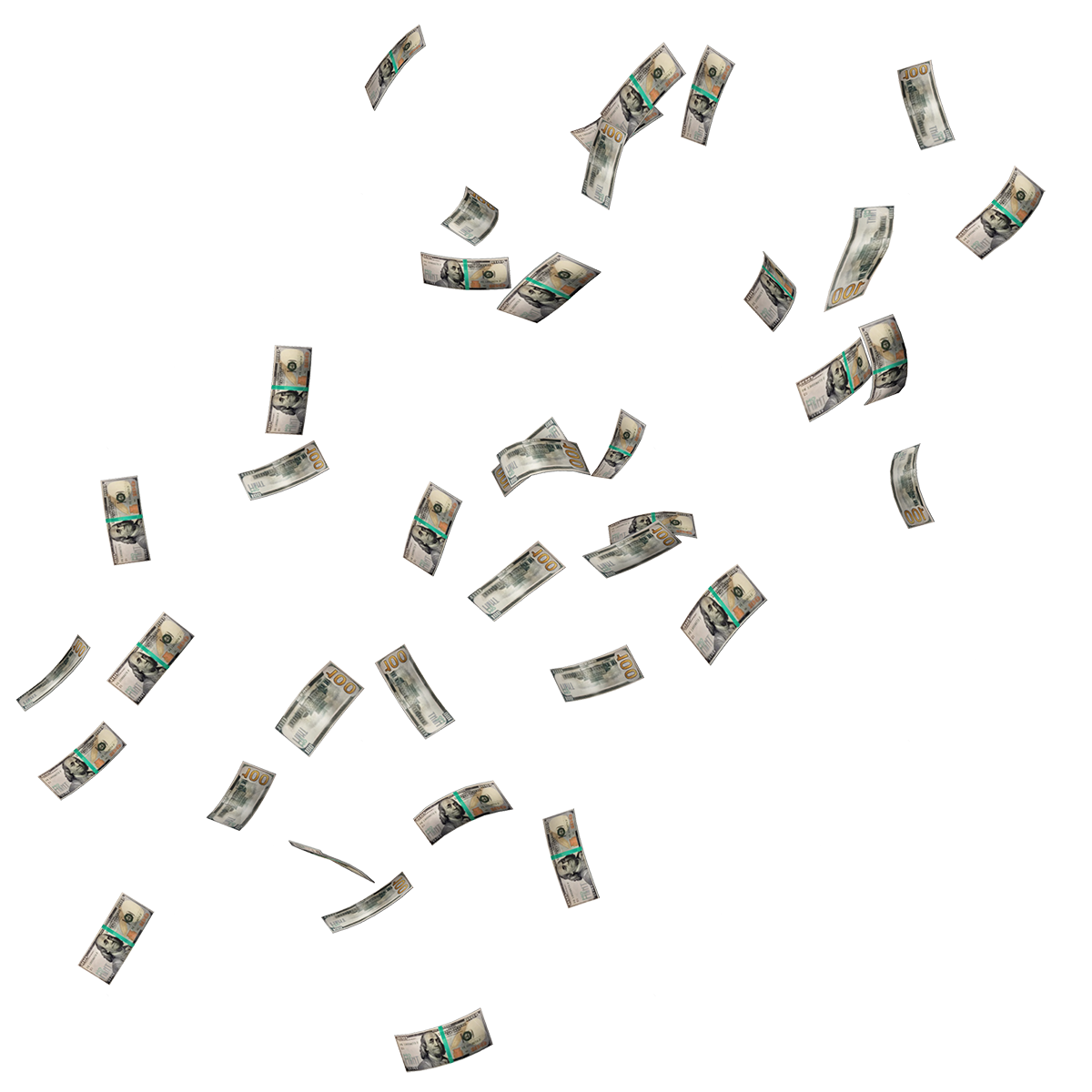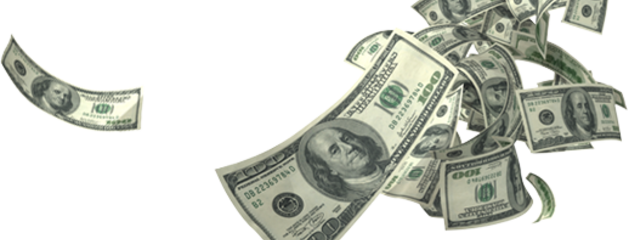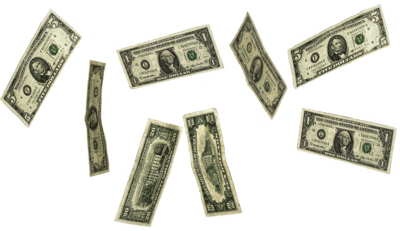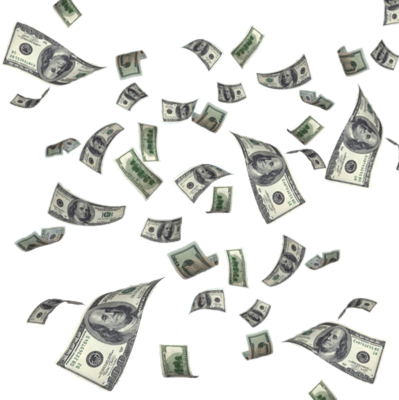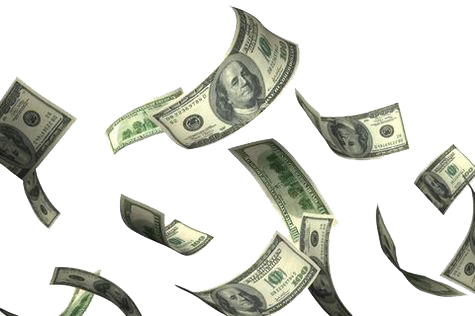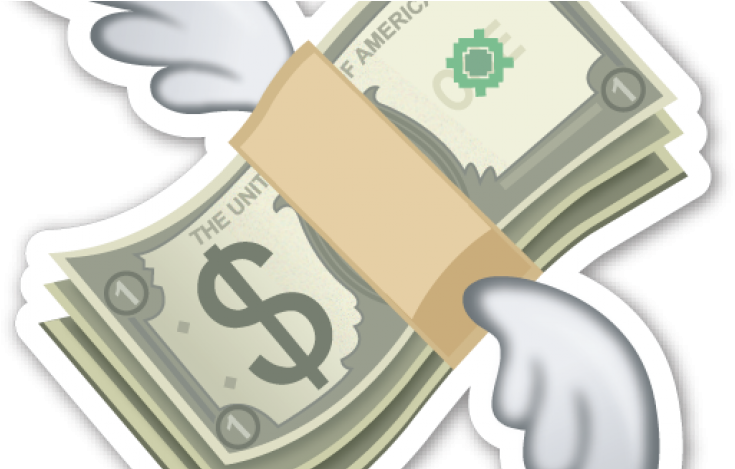Download top and best high-quality free Flying Money PNG Transparent Images backgrounds available in various sizes. To view the full PNG size resolution click on any of the below image thumbnail.
License Info: Creative Commons 4.0 BY-NC
Flying Money is a term that refers to a system of banknotes or currency that can be transported by air. It is also known as “helicopter money” or “aerial currency.”
The concept of flying money dates back to the famous economist Milton Friedman, who wrote about it in his 1969 book, “The Optimum Quantity of Money.” In the book, he argues that a central bank can stimulate the economy by directly injecting money into households. The money would be distributed door-to-door, in the form of banknotes or checks, or through electronic transfers. This method bypasses the traditional methods of monetary policy, which are centered on interest rates.
The term “flying money” gained popularity during the financial crisis of 2008. As conventional monetary policies proved ineffective, central banks started to experiment with unconventional methods, such as quantitative easing and negative interest rates. However, some economists argued that these methods were not ambitious enough to address the deepening recession. They suggested that the central banks should consider creating new money and distributing it directly to households and businesses.
The idea of flying money is not without controversy. Critics argue that it could trigger inflation and reduce the value of the currency. The sudden increase in the money supply could lead to a surge in demand, which would drive up prices. Moreover, some people may hoard the money instead of spending it, which would further reduce the effectiveness of the policy.
Proponents of flying money argue that it could have several benefits. Firstly, it could boost consumer confidence and spending. If people receive extra money, they are likely to spend it on goods and services, which would stimulate the economy. This, in turn, could create jobs and increase economic growth. Secondly, it could reduce debt and improve financial stability. If people use the money to pay off their debts, it would reduce their financial burden and make them more resilient to shocks. Finally, it could reduce inequality and poverty. If the money is distributed to everyone, regardless of their income or wealth, it would provide a basic income floor and alleviate some of the pressures of poverty.
The implementation of flying money would pose several challenges. Firstly, it would require a massive logistical effort. The money would need to be printed, transported, and distributed to millions of households and businesses. This would require a significant amount of resources and coordination. Secondly, it would require a new legal framework. The distribution of helicopter money would need to be authorized by the central bank and approved by the government. This could raise questions about the independence of the central bank and the accountability of the government. Finally, it would require a public education campaign. Many people may not understand the concept of flying money and may be skeptical about its effectiveness. A clear and transparent communication strategy would be necessary to gain public support and to build trust.
Flying money is a controversial but intriguing policy proposal. It challenges the traditional methods of monetary policy and raises fundamental questions about the role of the central bank and the government. While there are risks and challenges associated with flying money, it also offers potential benefits, such as boosting consumer confidence, reducing debt, and alleviating poverty. Whether flying money will become a reality remains to be seen, but it is clear that it has sparked a lively debate among economists and policymakers.
Download Flying Money PNG images transparent gallery
- Flying Money
Resolution: 540 × 360
Size: 190 KB
Image Format: .png
Download
- Flying Money No Background
Resolution: 960 × 720
Size: 1333 KB
Image Format: .png
Download
- Flying Money PNG Clipart
Resolution: 540 × 360
Size: 154 KB
Image Format: .png
Download
- Flying Money PNG Cutout
Resolution: 1200 × 1200
Size: 471 KB
Image Format: .png
Download
- Flying Money PNG File
Resolution: 628 × 240
Size: 165 KB
Image Format: .png
Download
- Flying Money PNG Free Image
Resolution: 400 × 231
Size: 163 KB
Image Format: .png
Download
- Flying Money PNG HD Image
Resolution: 1121 × 932
Size: 149 KB
Image Format: .png
Download
- Flying Money PNG Image File
Resolution: 1060 × 631
Size: 568 KB
Image Format: .png
Download
- Flying Money PNG Image HD
Resolution: 993 × 259
Size: 67 KB
Image Format: .png
Download
- Flying Money PNG Image
Resolution: 280 × 261
Size: 76 KB
Image Format: .png
Download
- Flying Money PNG Images HD
Resolution: 890 × 259
Size: 401 KB
Image Format: .png
Download
- Flying Money PNG Images
Resolution: 399 × 400
Size: 309 KB
Image Format: .png
Download
- Flying Money PNG Photo
Resolution: 625 × 616
Size: 409 KB
Image Format: .png
Download
- Flying Money PNG Photos
Resolution: 475 × 316
Size: 132 KB
Image Format: .png
Download
- Flying Money PNG Pic
Resolution: 735 × 469
Size: 316 KB
Image Format: .png
Download
- Flying Money PNG Picture
Resolution: 400 × 218
Size: 135 KB
Image Format: .png
Download
- Flying Money PNG
Resolution: 280 × 356
Size: 94 KB
Image Format: .png
Download
- Flying Money Transparent
Resolution: 360 × 360
Size: 11 KB
Image Format: .png
Download

